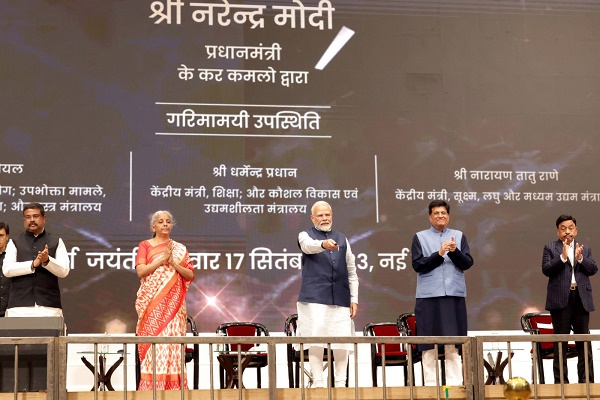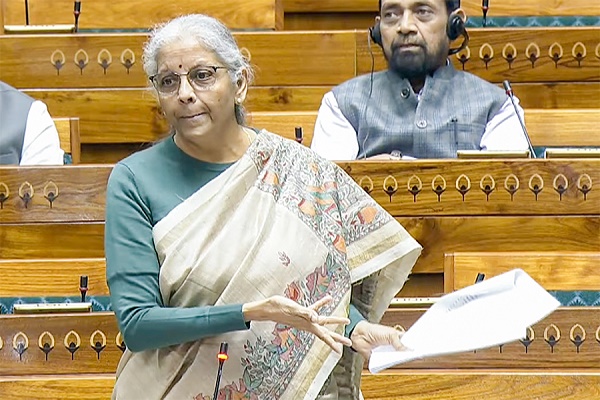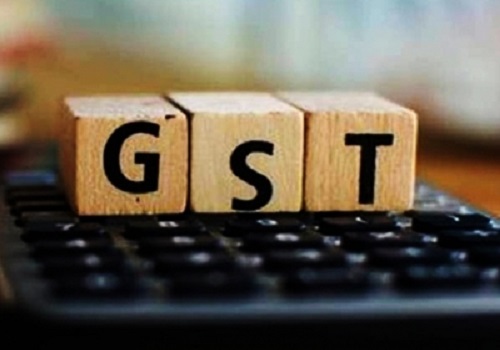Weekly View on Fixed Income Markets by Puneet Pal, Head-Fixed Income, PGIM India Mutual Fund

Below the Weekly View on Fixed Income Markets by Puneet Pal, Head-Fixed Income, PGIM India Mutual Fund
Indian bonds remain attractive on the back of stable underlying macro-economic variables
Our View:
As the US economy continues to be resilient, bond markets have pared their expectations of rate cuts in the US, a similar theme which has been repeating itself over the course of the last many quarters. We expect the Fed to continue with its rate cutting cycle though in a slow and gradual manner. Indian bonds remain attractive on the back of strong and stable underlying macro-economic variables with favourable demand supply dynamics at play. The scope for rate cuts in India is on account of high real positive rates and the need to encourage private investment. The start of the rate cut in the US has increased the probability of rate cuts in India in the near future.
Bond yields tend to move in advance of rate action and investors can look to increase allocation to Fixed Income at every uptick in yields. We expect long bond yields to continue to drift lower over the next couple of quarters.We expect the benchmark 10yr bond yield to go towards 6.50% by Q4 of CY25.
Investors with medium to long term investment horizons can look at Dynamic Bond Funds having duration of 6-7yrs with predominant sovereign holdings as they offer a better risk- reward currently. Investors having an investment horizon of 6-12 months can consider Money Market Funds as yields are attractive in the 1yr segment of the curve also.
The RBI governor sounded optimistic on growth while emphasising on the resilience of the Indian economy. The RBI governor also pushed back on the suggestion that RBI may be behind the curve in cutting rates by stating that the market expectations were aligned with the stance of the central bank and the growth inflation dynamics were well balanced.
CPI inflation rose to a nine month high at 5.49% on the back of rise in food prices particularly in vegetables, edible oils and pulses. This was higher than the market expectations of 5.10%. WPI inflation came in marginally lower than expectations at 1.84%. Trade deficit narrowed to USD 20.80 bn in September from USD 29.70 bn in August with decline in non-oil imports led by normalisation of gold imports. Services trade surplus remained steady at US 14.3 bn. Analysts continue to expect the Current Account Deficit in FY25 to be in the vicinity of 1%. In other interesting data released by the government, the number of taxpayers in India rose by 82% to 10.40 cr in the last 9yrs between FY15 to FY24. Total direct tax collections in FY24 were at INR 19.6 lac cr, up 182% from nearly INR 7 lac cr in FY15. For the second consecutive year, personal income tax collections were higher than corporate tax collections.
Government approved MSP hikes for the Rabi crops. On an average, the MSP for winter crops rose 4.90% YOY compared to 4.80% in the previous season. Barley had the highest increase of 7%. The increase in MSP is in line with last year's trend and is unlikely to add to food inflation pressures. Reservoir levels are also higher than the average of the last 10yrs which is likely to benefit rabi crops.
Amidst concerns on private credit, RBI banned four NBFCs from incremental sanction and disbursal of loans. This action reiterates RBI’s focus on maintaining macro-economic stability.
INR remained under pressure as FPI outflows from the equity market continued though RBI intervention ensured that it ended the week unchanged from last week’s closing of 84.07. FPI outflows from equities have topped USD 9 bn so far this month. FPI flows into debt this month have remained flat.
Money Market yields also came under some pressure as 3 month CD yields rose by 3-4 bps during the week even as Interbank liquidity remained easy.
OIS curve inched higher with the 1yr OIS ending the week at 6.50%, up by 7bps while the 5yr OIS was higher by 2 bps and ended the week at 6.19%. The 5yr OIS has risen by 25bps since it touched a low of 5.94% on 13th September, in line with the movement in US bond yields.
Above views are of the author and not of the website kindly read disclaimer
























